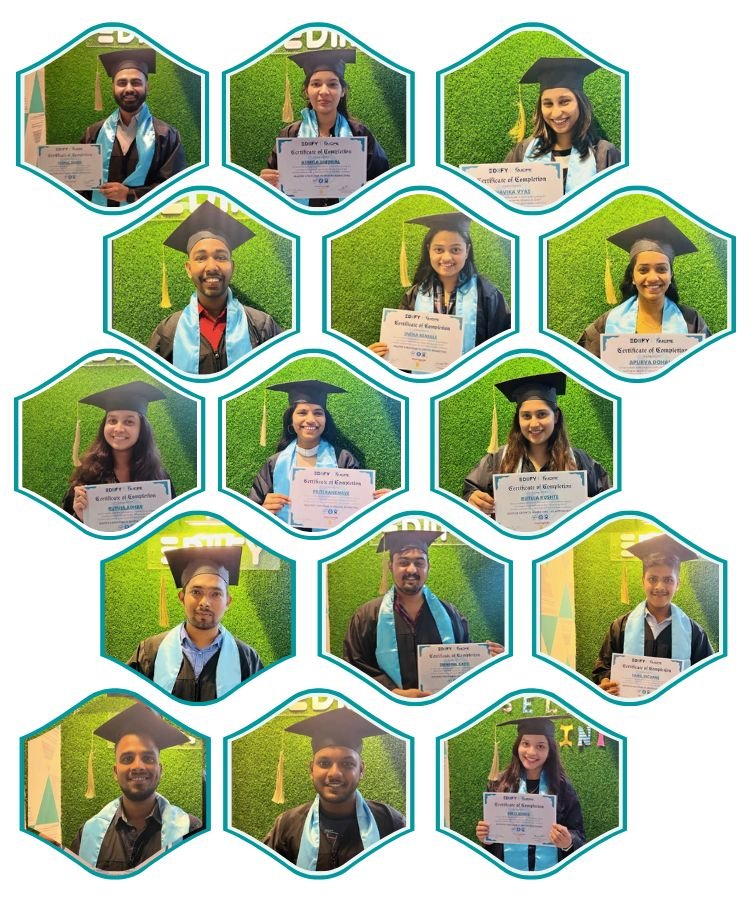
SWOT Analysis of LIC: A Comprehensive Overview
Feb 8, 2024 | EDIIFY Blogs
Introduction:
In the dynamic arena of the insurance sector, Life Insurance Corporation of India (LIC) holds a monumental stature, not only due to its vast scale but also owing to its enduring presence in the Indian market. Established in 1956, LIC stands as the largest state-owned insurance group and investment company in India, serving as a cornerstone of financial security for millions of Indians. Yet, amidst the rapid changes characterizing our times, it becomes crucial to conduct a comprehensive analysis to gauge LIC’s strengths, weaknesses, opportunities, and threats (SWOT).

SWOT Analysis of LIC Industry:
Strengths:
- Established Brand Identity: LIC enjoys a formidable brand presence built over decades, synonymous with trust and reliability in the eyes of consumers.
- Wide Distribution Network: Its extensive network of agents and branches enables LIC to penetrate even the most remote corners of the country, ensuring broad market reach.
- Diverse Product Portfolio: LIC offers a broad spectrum of insurance products catering to diverse segments of the population, spanning life insurance, pension plans, health insurance, and investment options.
- Financial Stability: Backed by robust financial resources and sound investment strategies, LIC maintains a stable financial position, instilling confidence among policyholders and investors.
Take a view at the below blog the impact of the following components of the business model
https://ediify.com/the-impact-of-the-following-components-of-business-model/
Weaknesses:
- Bureaucratic Processes: As a government-owned entity, LIC may encounter bureaucratic hurdles at times, leading to delays in decision-making and operational inefficiencies.
- Limited Innovation: Amidst rapid technological advancements, LIC might lag behind private players in terms of innovation and agility, potentially hampering its competitiveness.
- Dependency on Traditional Channels: Despite efforts towards digitization, LIC’s heavy reliance on traditional distribution channels like agents and physical branches could impede its ability to swiftly adapt to evolving market dynamics.
- Solvency Concerns: Given its market size, LIC remains vulnerable to adverse economic scenarios or regulatory changes, which could pose significant solvency risks.
Opportunities:
- Digital Transformation: Embracing digitalization presents LIC with opportunities to streamline processes, enhance customer experience, and tap into new markets.
- Expanding Product Offerings: There exists substantial scope for innovation in product offerings, including tailored plans for different demographics and the introduction of niche products catering to emerging needs.
- Market Penetration: Despite its dominance, there are untapped markets, particularly in rural and semi-urban areas, offering avenues for expansion.
- Strategic Partnerships: Collaborating with fintech firms or forging strategic alliances can empower LIC to leverage new distribution channels and technologies, thereby reaching a broader customer base.
Threats:
- Competition from Private Players: The emergence of private insurance players with innovative products and aggressive marketing strategies poses a formidable threat to LIC’s market dominance.
- Regulatory Changes: Any alterations in regulations, particularly concerning taxation or investment norms, could impact LIC’s profitability and operational landscape.
- Economic Volatility: Fluctuations in the economy, interest rates, or stock market performance directly influence LIC’s investment portfolio and financial health.
- Changing Demographics and Consumer Preferences: Evolving demographics and consumer preferences towards non-traditional insurance products may challenge LIC’s relevance in the market if not addressed proactively.
Take a look at the below blog the ultimate guide to identifying competitors of a company
https://ediify.com/project/the-ultimate-guide-to-identifying-competitors-of-a-company/
Conclusion:
Despite its enduring dominance, LIC is not immune to the winds of change sweeping through the insurance industry. A SWOT analysis unveils insights into LIC’s current standing and charts a course for the future. By leveraging its strengths, addressing weaknesses, seizing opportunities, and mitigating threats, LIC can continue to serve as a beacon of financial security for generations to come. However, to maintain its edge in an increasingly competitive environment, LIC must remain agile, innovative, and responsive to evolving market dynamics.














